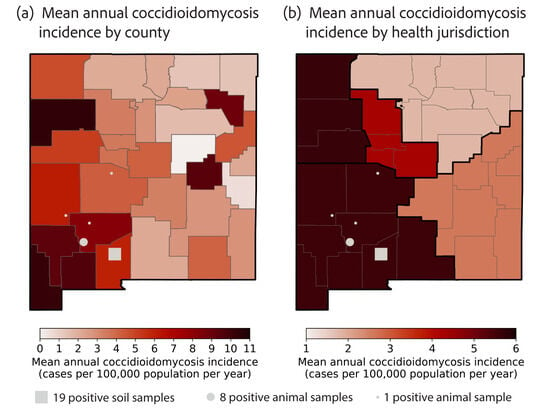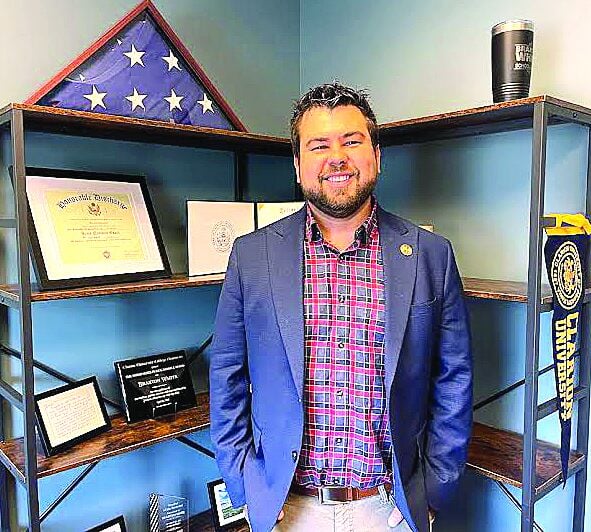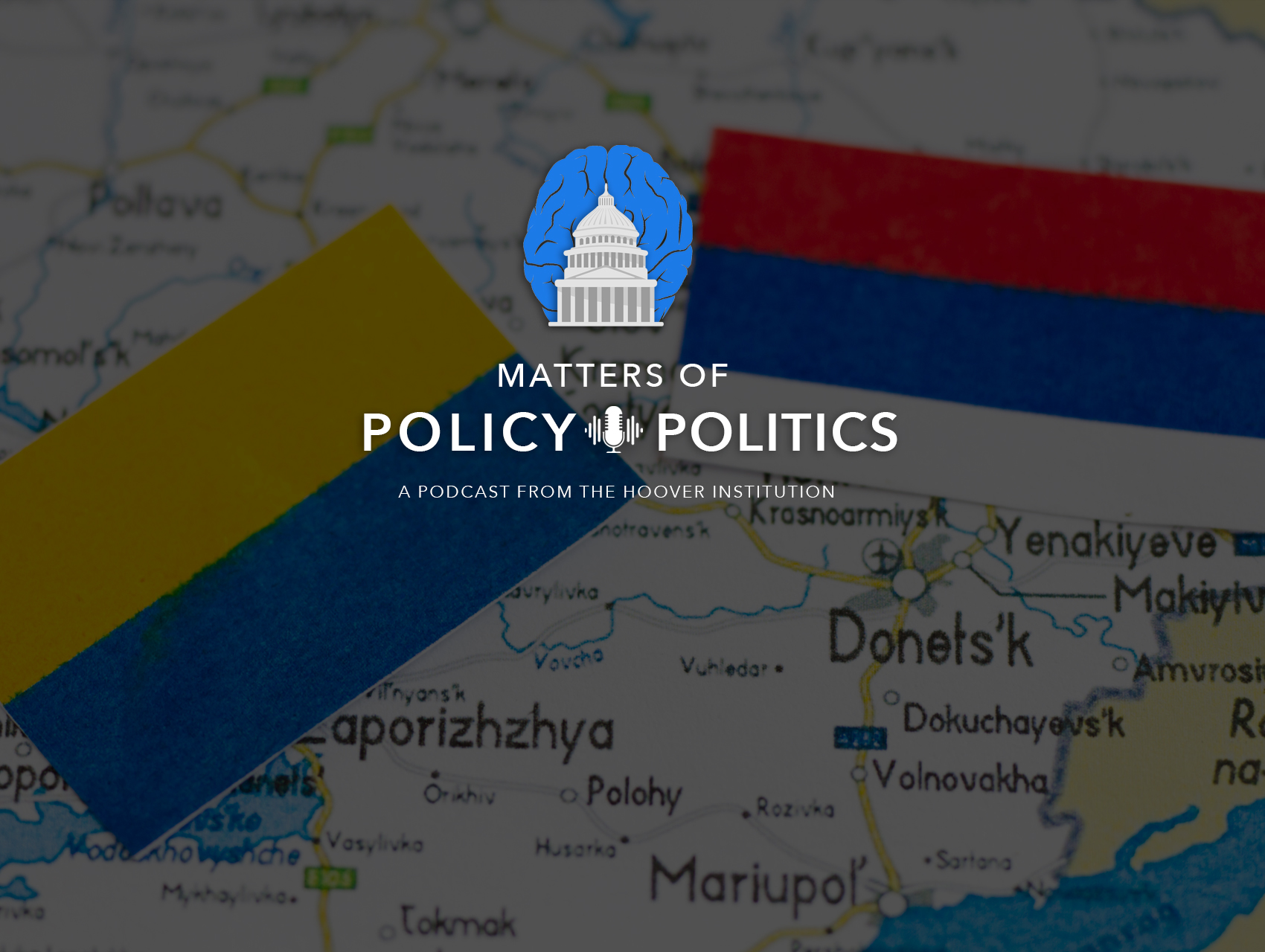Report on Universal Child Care Initiatives and Sustainable Development Goals
Introduction
This report analyzes the universal child care program recently implemented in New Mexico and examines its implications for California, with a specific focus on alignment with the United Nations Sustainable Development Goals (SDGs). New Mexico’s initiative to offer free child care irrespective of family income establishes a national precedent and provides a valuable case study for advancing key global development objectives at the state level.
New Mexico’s Universal Child Care Model: A Framework for SDG Achievement
Program Overview and Economic Impact
New Mexico has become the first state in the nation to offer universal child care by removing all income eligibility requirements. This policy is projected to save the average family approximately $12,000 annually, directly contributing to economic stability and household well-being.
Direct Contributions to Sustainable Development Goals
The universal child care system in New Mexico directly supports the achievement of several critical SDGs:
- SDG 1 (No Poverty) & SDG 10 (Reduced Inequalities): By eliminating a significant household expense, the program provides immediate financial relief, mitigating poverty and reducing the economic gap between low-income and high-income families.
- SDG 4 (Quality Education): The initiative ensures universal access to quality early childhood development and pre-primary education, in line with Target 4.2, which aims to provide all children with a foundation for primary education.
- SDG 5 (Gender Equality): Accessible and free child care removes a primary barrier to female participation in the labor force, promoting women’s economic empowerment and advancing gender equality.
- SDG 8 (Decent Work and Economic Growth): The policy stimulates the economy by enabling more parents to work and by investing in the child care sector itself, including efforts to raise wages for providers and create decent work opportunities.
Funding and Governance
New Mexico’s model is sustained by a dedicated and stable funding stream derived from a sovereign wealth fund based on oil and gas revenue. This was established through a 2022 constitutional amendment. Furthermore, the state consolidated its early childhood programs under a single dedicated agency in 2020, streamlining governance and improving coordination.
California’s Early Childhood System: Challenges and Opportunities
Current Landscape
California’s approach to early childhood care consists of a combination of programs rather than a single universal system. Key components include:
- Subsidized Programs: Free or low-cost child care is available to families below a certain income threshold through vouchers and state-funded preschool centers.
- Universal Transitional Kindergarten: A universal program is offered for all 4-year-olds within the public school system.
This fragmented system, funded through a mix of federal dollars and the state’s general fund, is susceptible to budget fluctuations and does not fully address the inequalities (SDG 10) inherent in a non-universal model for children under four.
Barriers to Universal Implementation
- Scale: With a population of nearly 10 million in Los Angeles County alone, compared to New Mexico’s 2.1 million total, implementing a universal system in California would require a significantly larger financial investment.
- Funding Instability: Reliance on the state’s general fund, rather than a dedicated revenue source, makes long-term planning and sustainability a challenge, particularly during periods of economic uncertainty.
- Governance Structure: Early childhood programs in California are managed across two separate entities—the Department of Social Services and the Department of Education—which can impede coordinated efforts.
Strategic Learnings for California in Advancing SDGs
Lessons from the New Mexico Model
California can draw several key lessons from New Mexico’s approach to better align its policies with the SDGs:
- Focus on Supply-Side Investment: To ensure that affordability translates to access, significant investment is needed to increase the number of child care facilities and incentivize providers. This directly supports SDG 8 by building essential infrastructure and creating jobs.
- Promote Decent Work for Providers (SDG 8): Increasing reimbursement rates and wages for child care providers is essential for building a stable, high-quality workforce, which is foundational to achieving SDG 4 (Quality Education).
- Establish Stable Funding Mechanisms: Exploring dedicated funding streams, similar to local initiatives in Alameda County (via a sales tax), is critical for the long-term viability of any expanded child care system.
- Streamline Governance: Consolidating oversight into a single agency could enhance efficiency and create a more cohesive strategy for achieving early childhood education goals.
Conclusion
New Mexico’s universal child care program serves as an important benchmark, demonstrating how state-level policy can effectively advance global goals related to poverty reduction, quality education, gender equality, and economic growth. While California faces unique challenges of scale and fiscal structure, adopting principles from New Mexico’s model—particularly regarding supply-side investment, workforce support, and funding stability—can pave the way for a more equitable system that supports all families and contributes to a sustainable future.
Analysis of Sustainable Development Goals in the Article
1. Which SDGs are addressed or connected to the issues highlighted in the article?
-
SDG 1: No Poverty
The article directly addresses poverty reduction by highlighting how free childcare provides significant financial relief to families. The mention of New Mexico’s program saving families an average of $12,000 a year is a direct measure of reducing the financial burden on households, which is a key aspect of poverty alleviation.
-
SDG 4: Quality Education
The core topic of the article is universal access to childcare and early childhood education. It discusses programs like the California State Preschool Program and transitional kindergarten, emphasizing the importance of early learning to ensure every child has the opportunity to “grow and thrive.” This aligns perfectly with the goal of providing quality early childhood development and pre-primary education.
-
SDG 5: Gender Equality
Although not explicitly mentioned, providing universal childcare is a critical enabler of gender equality. It reduces the burden of unpaid care work, which disproportionately falls on women, allowing them greater opportunities to participate in the workforce and pursue economic independence. The article’s focus on supporting families and the economy implicitly supports this goal.
-
SDG 8: Decent Work and Economic Growth
The article connects universal childcare to “supporting our economy.” It enables parents to work, thereby increasing labor force participation. Furthermore, it discusses efforts to “raise wages for childcare providers” and “increase reimbursement rates,” which directly relates to creating decent work within the early childhood education sector.
-
SDG 10: Reduced Inequalities
The concept of a “universal” program, as implemented in New Mexico where childcare is offered “regardless of income,” is a direct strategy to reduce inequality. It ensures that children from all socioeconomic backgrounds have access to the same developmental opportunities, breaking cycles of disadvantage that start in early childhood.
2. What specific targets under those SDGs can be identified based on the article’s content?
-
SDG 1: No Poverty
- Target 1.3: Implement nationally appropriate social protection systems and measures for all. The article describes universal free childcare as a social protection policy that provides a safety net and financial relief for all families, moving beyond targeted support for only the lowest-income households.
-
SDG 4: Quality Education
- Target 4.2: By 2030, ensure that all girls and boys have access to quality early childhood development, care and pre-primary education so that they are ready for primary education. The entire article is centered on this target, discussing New Mexico’s universal childcare initiative and California’s existing programs like transitional kindergarten for 4-year-olds as means to achieve this goal.
-
SDG 5: Gender Equality
- Target 5.4: Recognize and value unpaid care and domestic work through the provision of public services…and social protection policies. Universal childcare is a public service and social protection policy that directly addresses this target by formalizing and funding care work, thus reducing the burden of unpaid labor on families, particularly women.
-
SDG 8: Decent Work and Economic Growth
- Target 8.5: By 2030, achieve full and productive employment and decent work for all women and men…and equal pay for work of equal value. The policy supports this by enabling parents to join or remain in the workforce. The discussion about incentivizing centers to “raise wages for childcare providers” and increasing reimbursement rates directly addresses the “decent work” and “equal pay” aspects for the childcare workforce.
-
SDG 10: Reduced Inequalities
- Target 10.2: By 2030, empower and promote the social, economic and political inclusion of all, irrespective of…economic or other status. New Mexico’s policy of removing income eligibility requirements to make childcare universal is a direct implementation of this target, promoting economic inclusion for all families.
3. Are there any indicators mentioned or implied in the article that can be used to measure progress towards the identified targets?
- Cost of Childcare: The article explicitly states that in California, the average cost for an infant in a childcare center is “$22,628.” This figure serves as a baseline indicator for measuring the financial burden on families.
- Family Savings: The article mentions that New Mexico’s program would save families an “average of $12,000 a year.” This is a direct indicator of the financial impact and success of the social protection policy.
- Income Eligibility Requirements: The article contrasts New Mexico’s removal of “income eligibility requirements” with California’s system for families “making below a certain income.” The presence or absence of such requirements is an indicator of the universality and equity of the program (Target 10.2).
- Wages and Reimbursement Rates for Providers: The article mentions efforts to “raise wages for childcare providers” and “increase reimbursement rates.” These are key indicators for measuring progress towards decent work (Target 8.5) within the childcare sector.
- Supply of Childcare Centers: The article highlights the importance of the “supply side of the equation” and investing in “creating more childcare centers.” The number of available childcare spots is an implied indicator for measuring access to early childhood education (Target 4.2).
- Participation Rate in Early Education: The discussion of California’s “universal” transitional kindergarten program for 4-year-olds implies that the participation rate of this age group in organized learning is a key metric for success.
4. Table of SDGs, Targets, and Indicators
| SDGs | Targets | Indicators |
|---|---|---|
| SDG 1: No Poverty | 1.3: Implement nationally appropriate social protection systems and measures for all. |
|
| SDG 4: Quality Education | 4.2: Ensure that all girls and boys have access to quality early childhood development, care and pre-primary education. |
|
| SDG 5: Gender Equality | 5.4: Recognize and value unpaid care and domestic work through the provision of public services. |
|
| SDG 8: Decent Work and Economic Growth | 8.5: Achieve full and productive employment and decent work for all women and men. |
|
| SDG 10: Reduced Inequalities | 10.2: Empower and promote the social, economic and political inclusion of all, irrespective of economic or other status. |
|
Source: laist.com







